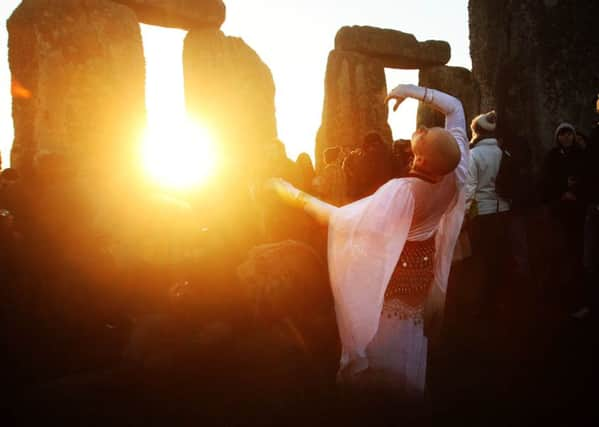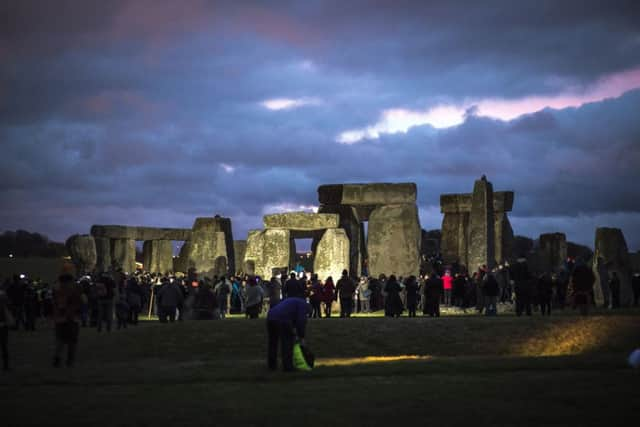Longest night and shortest day... the winter solstice is upon us, but what does it all mean?


This year, the winter solstice is on Tuesday 22 December at 04:49 GMT. Often it falls on the 21st, but not this year. Below we look into why - as part of six things you need to know about the solstice…
• So, what does ‘solstice’ actually mean? It actually comes from the Latin word solstitium - which means ‘sun standing still’. On this day, the sun appears to stand still. The solstice itself is a brief moment. You can expect only seven hours and 49 minutes of its light on the day.
Advertisement
Hide AdAdvertisement
Hide Ad• The solstice is the moment when the sun shines from its most southerly point, directly over the Tropic of Capricorn. That is why it leads to the fewest hours of sunlight in the year. It only gets better from here though as days lengthen, ultimately leading to the summer solstice.


• There have historically been celebrations all over the world to mark the winter solstice; a fresh start, a re-birth. You can still celebrate the solstice, a major pagan ritual, these days. Stonehenge is where many go. The monument, located in Wiltshire, is precisely aligned to the winter solstice sunset.
• The tradition of the Christmas tree actually has its roots in the pagan celebrations of the winter solstice. The Druids used evergreen trees to symbolise everlasting life during the winter solstice. Rather than cutting them down, these were celebrated and decorated. They would probably have approved of tinsels and baubles on show now.
• December 21 is not always the day of the solstice because of the slight difference between ‘solar time’ and our time. A solar year is 365.2422 days, fractionally more than our 365 days. This year, it’s on the 22nd - but sometimes it can be on the 20th or the 23rd, although both are rare.
Advertisement
Hide AdAdvertisement
Hide Ad• Although it’s the darkest day, don’t worry about it being the coldest. You can look ahead to those days following the solstice because there is a lag in temperature. Even though the minutes of sunlight go up in the days to come, the earth’s surface continues to lose more energy than it receives.